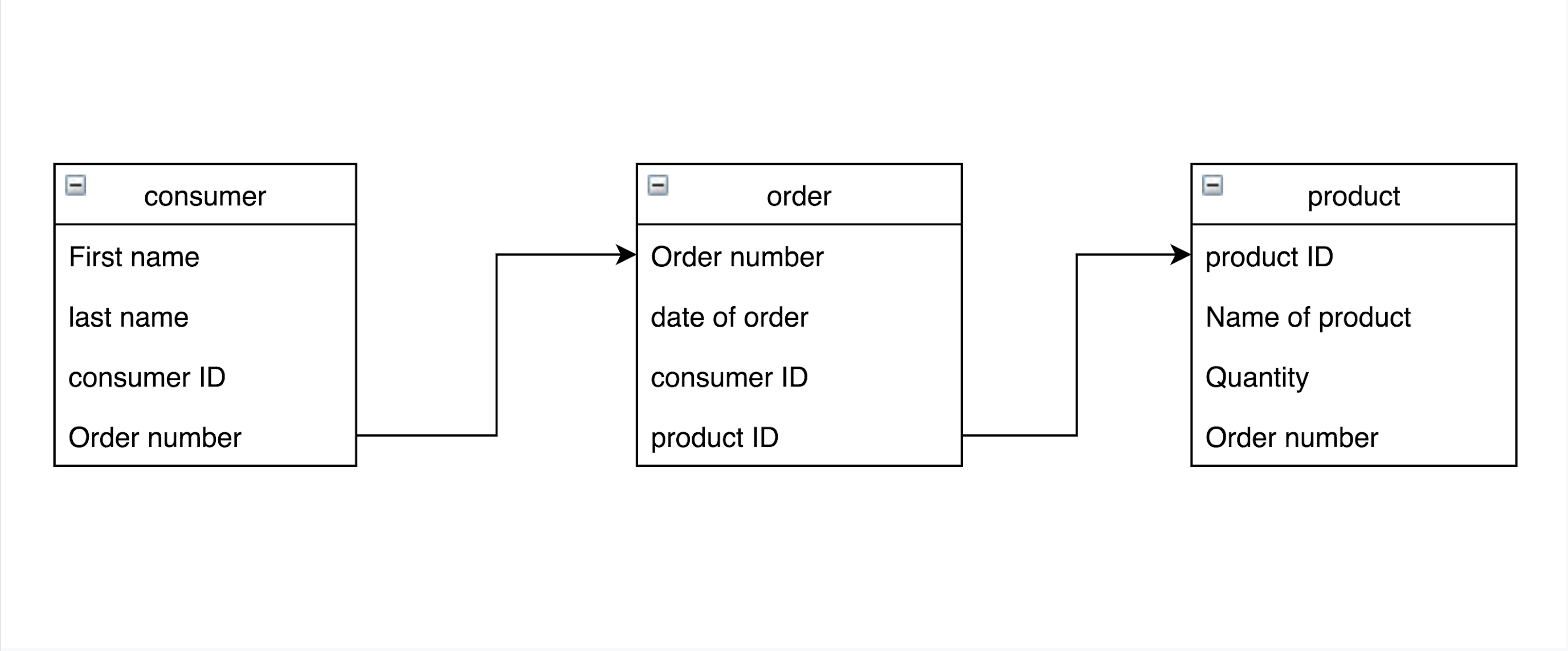Database task
What is database:
Database is a system that helps businesses to organize, analyze and manage the information that is already in the system or has been put such as new order data (Linton, 2019). Database functions by storing the information digitally in the system. So the store owners could retrieve or analyze the stored data more conveniently (Rojas, 2019).
DBMS:
DBMS stands for Database Management System. DBMS is a management software that allows the user to create, manage, protect and edit data (Mullins, 2021). It works as a gate between the user and the data in the program. Furthermore, the database management system manipulates and manages the data input in a secure way ( Guru99, 2021).
DBMS languages:
SQL(Structured Query Language): SQL access language is attributed as a query language that could be used in defining the scheme of the database, secure the data, and modify it(T, 2019).
DDL(Data Definition Language ): DDL language, if the separation between the logic and physical level was not existing, the DDL language works in defining the logical and physical schem. As the DDL language work in defining statement to implement the schemes(T, 2019).
Advantages:
1- Database facilitate the process of finding the consumer order. So rather than trying to track the order in the tone of information, the database could track the order much more effectively (Noah, 2018).
2-Database keeps track of the product in the e-commerce, therefore it would be much easier to update the data regarding the product such as the price or name and so on (Rojas, 2019).
3-Some e-commerce has millions of products with different features and categories; Thus, the database organizes the data mix, which is one of its important functions (Davis, 2016).
4-Provides structure. Having an infrastructure is essential to gather data to keep track of the activities and produce useful insight. Adding structure to the website is one of the database functions (Rojas, 2019).
5-Database could help in making a marketing strategy to attract consumers and help to retain a new potential consumer as well (Rojas, 2019).
Examples of database:
there are several types of databases, one of which is Relational Databases. Relational Database is similar to spreadsheets but instead of being called rows and columns, it is called tables. However, the data in database could be connected to each other (Davis, 2016).
for example, the database could consist of a table for consumers, orders, and products. All tables are separated from each other yet related. Therefore, if a certain detail about the consumer has changed let's say the email address, all other information in the other two tables changes. Therefore, instead of updating the information every time a change happens, it updates automatically (Davis, 2016).
 |
| Relational Database (author's work) |
Another example of database is the cloud database. Cloud database is hosted by a third party, thus it is not real. Cloud database could be beneficial as the owner of the e-commerce doesn't need to worry about growing the database. Moreover, the cloud database could mix and match features from a variety of databases. For example, it could include some features from a relational database and document database and mix them together. However, the e-commerce owner should ensure that the third party is trustworthy(Davis, 2016).
Reference list:
Davis, E. (2016). How Databases Work with Ecommerce Applications | Practical Ecommerce. Retrieved 17 February 2021, from https://www.practicalecommerce.com/How-Databases-Work-with-Ecommerce-Applications
Davis, E. (2016). Understanding 4 Database Types, for Ecommerce | Practical Ecommerce. Retrieved 17 February 2021, from https://www.practicalecommerce.com/Understanding-4-Database-Types-for-Ecommerce
Guru99. 2021. What is DBMS? Application,Types,Example,Advantages. [online] Available at: <https://www.guru99.com/what-is-dbms.html> [Accessed 15 March 2021].
Linton, I., 2019. How Databases Are Used in E-Business. [online] Small Business - Chron.com. Available at: <https://smallbusiness.chron.com/databases-used-ebusiness-39586.html> [Accessed 17 February 2021].
Rojas, N., 2019. The Role of the Database in E-Commerce | Trellis Inc.. [online] Trellis. Available at: <https://trellis.co/blog/the-role-of-the-database-in-e-commerce> [Accessed 17 February 2021].
Noah. (2018). How Databases Support Ecommerce Businesses - Arkware. Retrieved 17 February 2021, from https://www.arkware.com/2018/12/22/how-databases-support-ecommerce-businesses/


Very well detailed, but needs information on DBMS and database languages.
ReplyDelete